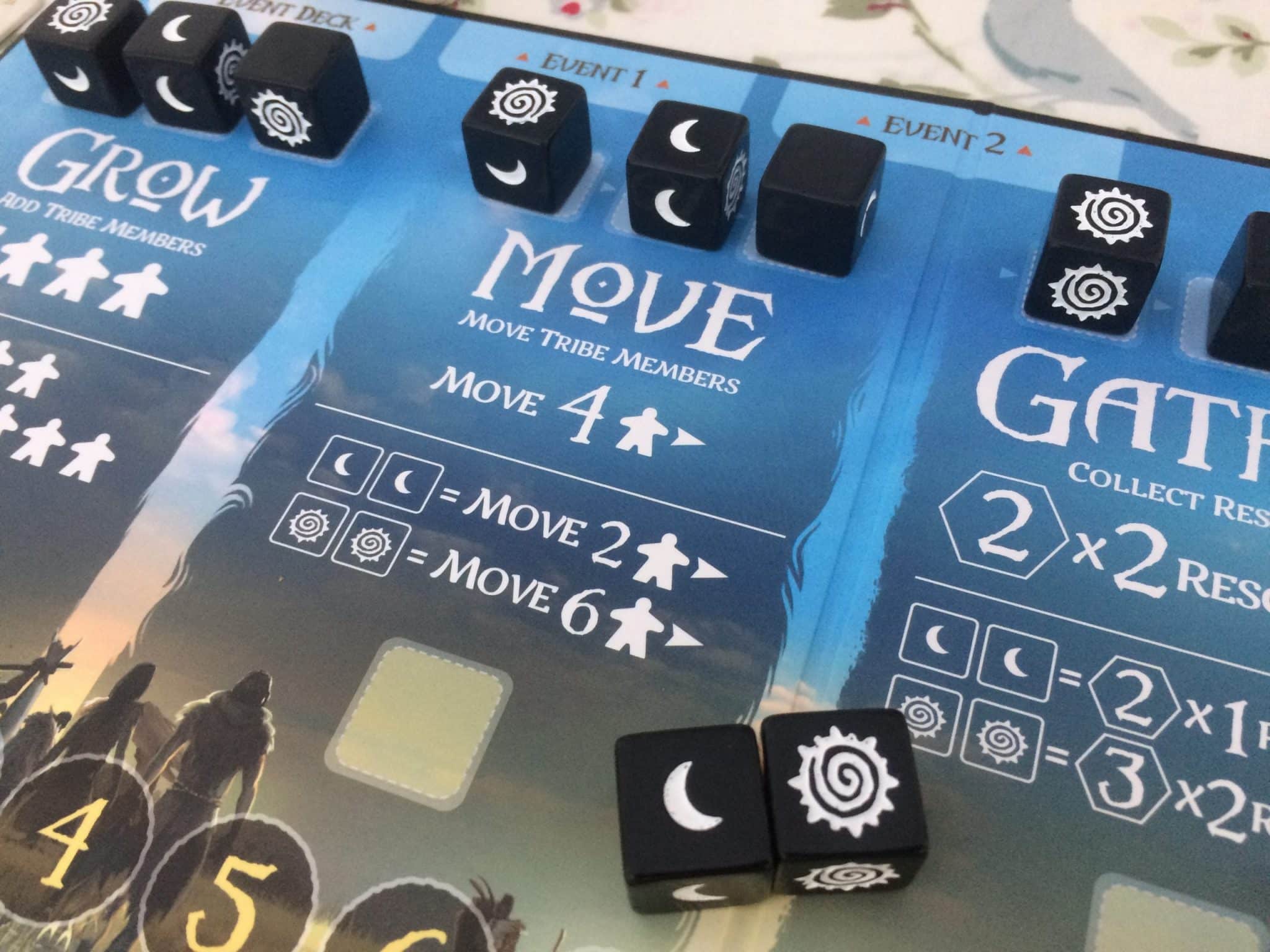
Light, camera… action selection!
- Nelly
- August 5, 2024
- Board Games
Lights, camera, action – three simple words that encapsulate the essence of filmmaking. But when it comes to selecting the right lighting, camera, and action for a scene, the process can be anything but simple. Each element plays a crucial role in bringing a film to life and capturing the story in the most captivating and engaging way possible.
Let’s start with lighting. Lighting is arguably one of the most important aspects of filmmaking, as it sets the mood and tone of a scene. High-key lighting, for example, creates a bright and cheerful atmosphere, while low-key lighting creates a sense of suspense and mystery. It’s important for filmmakers to carefully consider the lighting choices for each scene to effectively convey the desired emotions to the audience.
Next, we have the camera. The camera is the tool that filmmakers use to capture the action on screen. There are a variety of camera angles and movements that can be used to enhance the storytelling. For example, a close-up shot can show intimate details of a character’s face, while a wide shot can establish the setting and context of a scene. The choice of camera angles and movements can greatly impact the audience’s experience and perception of the story being told.
Finally, we come to action. Action refers to the movement and choreography of actors within a scene. The action can range from something as simple as a character walking across a room to complex fight sequences or elaborate dance numbers. Directors must carefully consider how the action will be staged and performed to effectively convey the story and emotions of the characters.
When it comes to selecting the right lighting, camera, and action for a scene, filmmakers must consider the overall vision and tone of the film. Each element should work together harmoniously to create a cohesive and engaging cinematic experience for the audience.
In conclusion, lights, camera, action may be three simple words, but the process of selecting the right lighting, camera, and action for a scene is anything but simple. Each element plays a crucial role in bringing a film to life and capturing the story in the most captivating and engaging way possible. By carefully considering how these elements work together, filmmakers can create truly impactful and memorable cinematic experiences for their audience.




